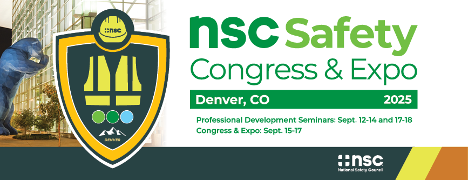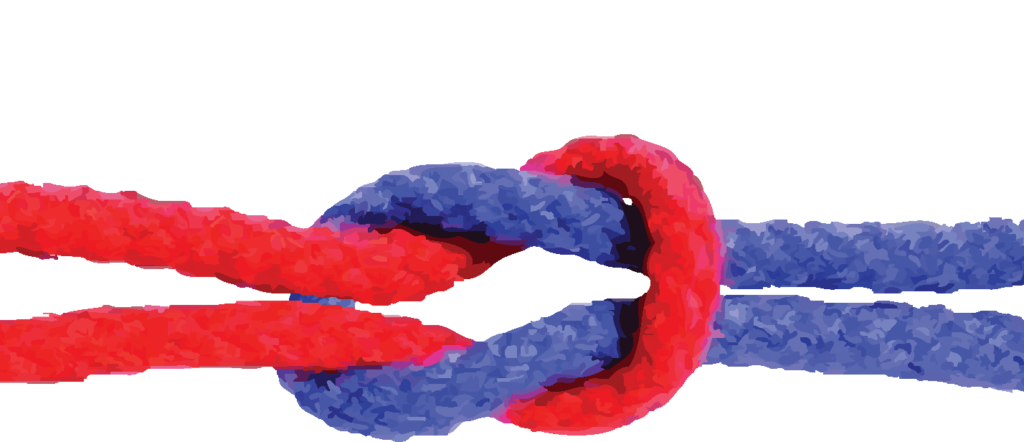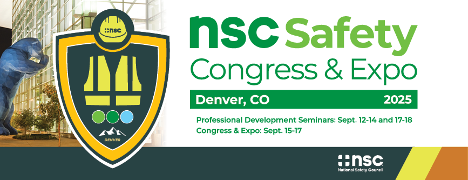Author - John McBride, SPHR, SHRM-SCP
Getting buy-in from executives, supervisors and frontline workers is essential for implementing effective controls.

Feb 09, 2024
This interview has been edited for length and clarity.
Want to improve workplace safety and health? Be prepared to pitch solutions to leaders in your organization. Getting buy-in from executives, supervisors and frontline workers is essential for implementing effective controls.
Brye Sargent, CSP, owner and CEO of The Safety Geek, joined “The Case for Safety Podcast” and spoke with host Scott Fowler about how to market safety improvements within your organization and why relationships are key.
Fowler: How can safety professionals view their program as a product that they can sell to their organization?
Sargent: What I like to do is take myself out of the decision-making process. I don't decide what the organization does in its safety program. The management team decides that. It is my job to create the products and let them choose. When there is a problem or a hazard, I don't come up with one solution, I come up with three or four and present those to them.
You present options and sell them on one option more than the other — such as the benefits of engineering controls as opposed to PPE. You could do a combination of PPE and administrative controls and talk about the pros and cons of each. Then you put it into their hands and let them decide what they want to do. When you think about your safety initiatives and improvements in terms of creating solutions and letting them decide what they want to do, it gives you more buy-in.
Fowler: What kind of research goes into finding solutions and presenting a business case?
Sargent: Think of a scenario in which people who are not forklift certified are using forklifts because they are keyless and can’t be locked. There are multiple options to address this.
One option would be installing electronic on-board recorders like you have on trucks. Another option would be training. You could also add a lockout system to the forklift or have stronger enforcement and an inspection process to ensure that only certified users are operating the forklift.
I would look at the cost of each option and the likelihood that it's going to solve the problem, and in solving the problem, how much money it will add to the bottom line. For each option, I would create the business case and calculate the return on investment.
Fowler: What techniques have you found to be effective in getting buy-in from your organization?
Sargent: What I find effective is first understanding them, understanding their goals and talking in their language. My language is about people and stopping injuries and incidents from happening. It’s not that our executives and managers want somebody to get hurt — they don't want their employees hurt. The difference is that the way I judge risk and the way they judge risk are completely different.
So if I'm talking to them about incidents and injuries, they're not going to believe me because they don't see risk the same way that I do because I'm exposed to it a lot more. But they do have goals. They have sales goals and efficiency goals.
Get to know them, find out what their goals are and match what you want to do with their goals. Speak their language and understand how they measure successs. Understand how they like to receive information, give it to them in that manner and craft your message in a positive way. Our job is to be influencers, so we need to influence the decision-makers.
Fowler: How can safety professionals make connections with others in their organization and get their buy-in?
Sargent: You need to go out to the other department heads, learn how they are measuring success and ask for access to that data. When you’re gathering that information, you then have to make sure you're using it in a manner where they see a positive benefit. That’s one side of it. The other side is building positive relationships.
That means getting to know them on a personal level and then understanding their goals. The whole idea is building trust. That way, when you tell them to do something, they're not looking at you as an adversary. If they disagree, it's no longer adversarial — it's a conversation.
Fowler: Once you’ve received buy-in, what happens next?
Sargent: It’s important to remember that implementation involves everyone. From the moment you get approval, you should start planning and assigning tasks to all the different members of management so they understand safety is everyone’s responsibility.
Once you implement the plan, coach and observe to make sure that everything is going well. Then, create an after-action review to discuss how things went, provide an update on progress and the actual ROI. You can share this with your management team and employees. The more you can demonstrate the ROI of these initiatives, they’ll see you as someone adding value to the organization.
Fowler: Anything else you’d like to add?
Sargent: Safety professionals are amazing problem solvers. We see hazards and can fix them, we see problems and can find the best solutions. But it doesn't matter how good you think you are, you're only as good as the number of people that are going to follow you. In order to get employees and the managers to follow you, you have to collaborate with them.
For the complete interview, click below:
https://open.spotify.com/episode/2BZtnEOJh0tLhpJeCIm4be?go=1&sp_cid=e0e73997c6cefc5989918fff25b477b0&utm_source=embed_player_p&utm_medium=desktop&nd=1&dlsi=309c44c435f0400c






